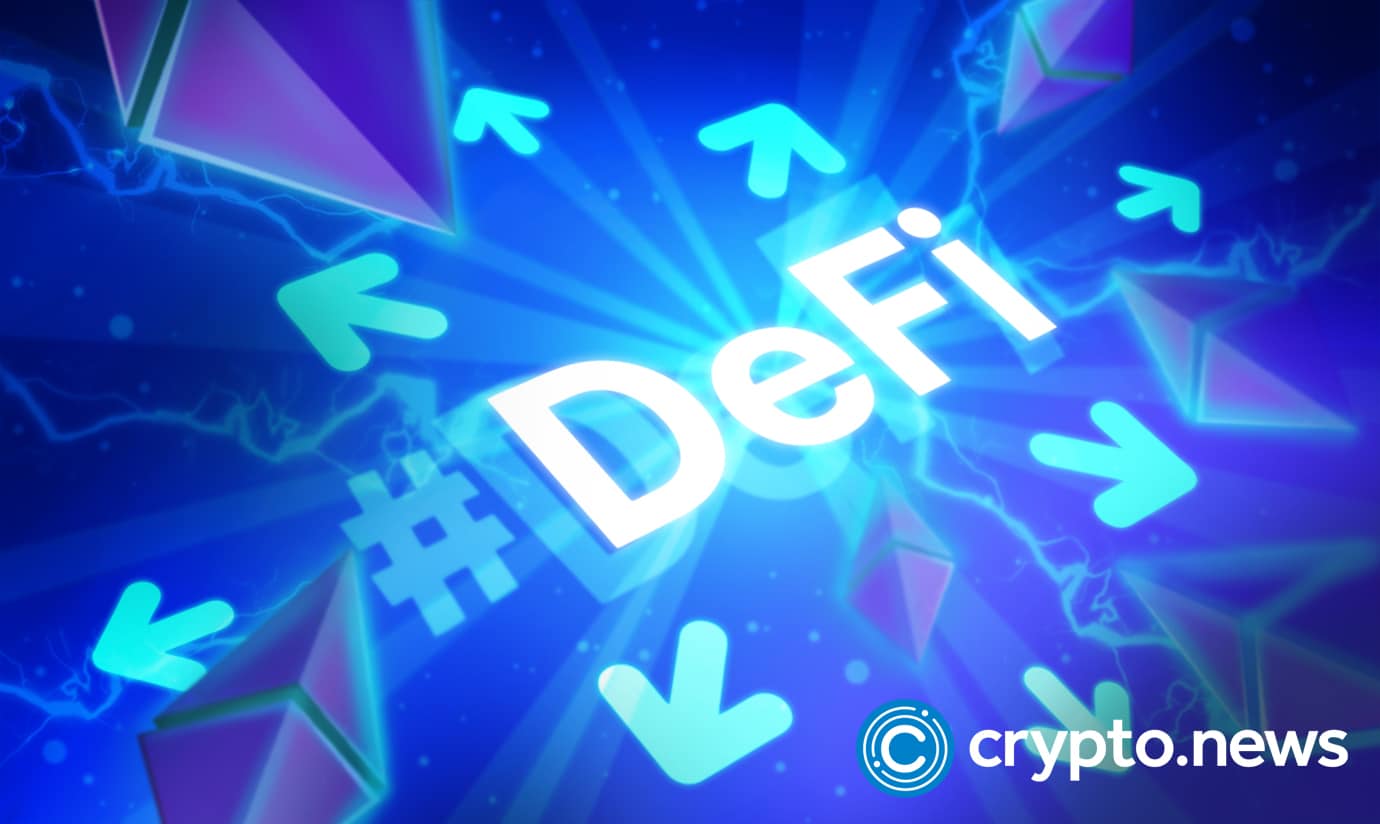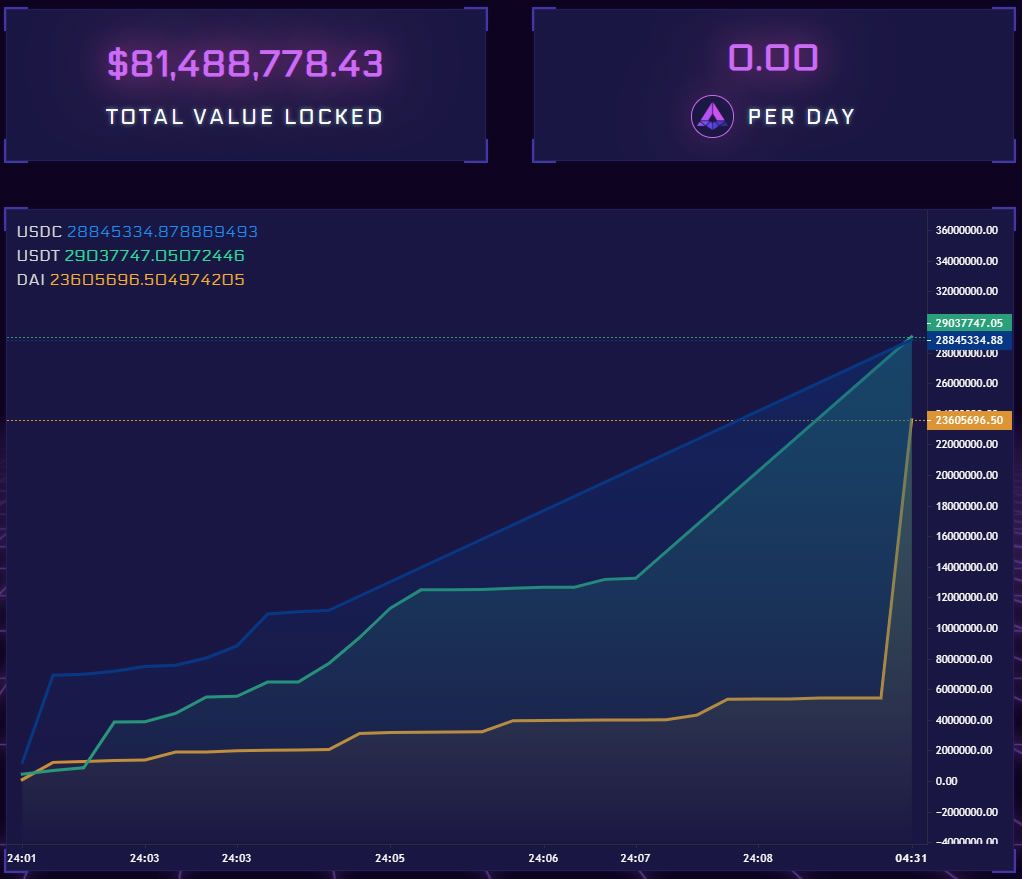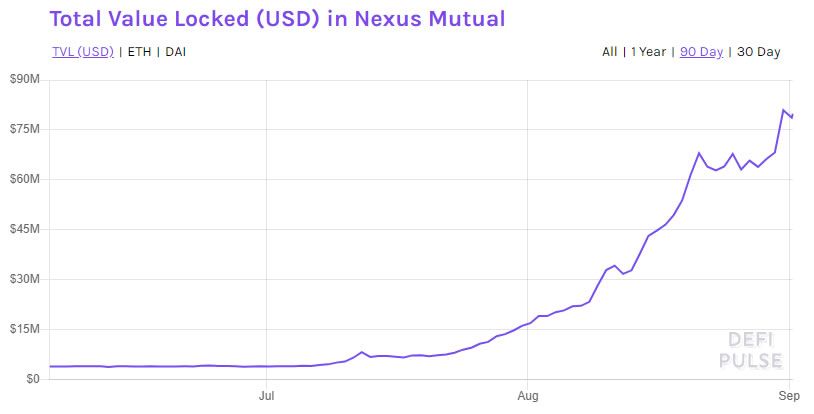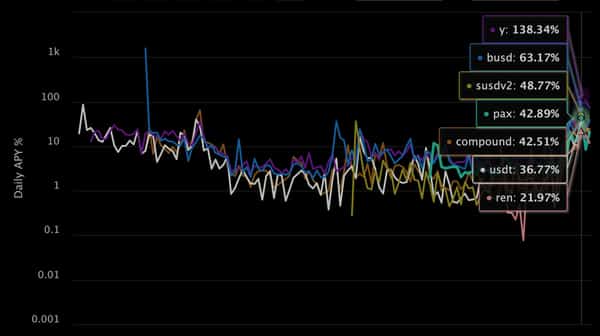2020-11-17 06:00 |
In the world of traditional finance, traders rely on credit, making plays across multiple exchanges from one pool of collateral managed by prime brokers.
Meanwhile, digital asset traders are often forced to fully fund nearly all their trading activity — committing capital to unregulated exchanges with shallow liquidity, where they are exposed to high levels of counterparty risk and suffer slow settlement from on-chain congestion.
Big exchanges and custodians are now addressing this by building replicas of traditional prime brokers for crypto, letting digital asset traders access liquidity, lending, and leverage services to make simultaneous plays on different venues from one single pool of collateral.
But while centralized prime brokers have promise, the liquidity pouring into decentralized finance protocols suggests DeFi is the future. This interlocking lego brick financial plumbing can potentially offer deeper liquidity to institutions, along with an unrivaled ability to allocate assets to multiple places at once through decentralized composability.
As Serum FTX founder Sam Bankman-Fried told CoinDesk, this could eventually form the next generation of market infrastructure letting institutions make the most of cryptocurrency:
“Eventually you may see prime brokerage models (and composability for on-chain projects) help to reduce capital demands, but it could take a while for those to become really effective.”
Automated Market Makers v1At the heart of the composable DeFi ecosystem are automated market makers. These protocols replace order-books with smart-contract based liquidity pools and bonding curve price models and incentivize traders to provide liquidity by offering rewards for locked tokens.
These AMMs sucked liquidity away from other exchanges to form deep pools of liquidity,
rising to account for over 90% of DEX volume, with the biggest examples like UniSwap briefly eclipsing centralized exchanges like Coinbase Pro in trading volume.
Uniswap USD volume (Source: Dune Analytics)By integrating with lending and borrowing protocols in the lego-brick world of DeFi, these AMMS can provide the liquidity needed for DeFi to act as a decentralized prime brokerage. But at present, this first generation of AMMs are still suffering from severe limitations preventing the biggest players from taking the plunge.
The high cost of computation on Ethereum 1.0 forces these AMM protocols to be based on simple, economical mechanisms. But even in their simplicity, they still suffer from on-chain congestion, high fees, and price information that lags behind faster, centralized exchanges.
Composability of liquidity on these protocols is limited by flawed interoperability methods; like wrapped bitcoin, which damages the permissionless and censorship-resistant qualities of DeFi by relying on centralized custody of assets.
This way of porting Bitcoin on to different chains has got people worried, with Vitalik Buterin expressing concerns over the trust model, and Compound co-founder Robert Leshner voting against listing $WBTC on grounds that it risks “security of users & assets.”
“Cross-chain is tricky.” said Michael, co-founder Curve, “Curve does an excellent market-making job on Ethereum, but currently not on other chains. And Ethereum suffers from scalability problems.”
Automated Market Makers v2High-throughput blockchains and L2 solutions are now enabling more sophisticated AMMs that put DeFi protocols one step closer to acting as a decentralized prime broker.
These protocols, like Bancor v2 and THORChain, are enabling cross-chain composability between digital assets — potentially opening up a deep pool of liquidity shared across chains that provides an institutional depth of liquidity,
“The ideal ecosystem architecture is that all liquidity is fluid between protocols and all value accrued is shared pro-rata in a decentralized way” said Galia Benartzi, Bancor co-founder “This is better for consumers and innovation, but challenges our traditional conceptions of competition and winner takes all (or most) market architectures.”
Each protocol competing to offer cross-chain liquidity is taking a different approach. Some are technically limited, and others are not compatible with institutional needs. At the forefront, a few protocols are using MPC to secure assets on L2 networks—creating the security, interoperability, and privacy needed to deliver DeFi liquidity to institutional players.
Ren provides a cross-chain liquidity network secured by MPC. According to founder Chris Burgess, this can be combined with automated maker markets (AMMs) to “connect underutilized liquidity, and open a new era of utility (for users and liquidity providers) for all digital assets.”
To connect assets between chains, Ren relies on a similar peg model to other projects like Synthetic (sBTC), and pTokens (pBTC), that has faced heavy criticism for the custody model which relies on 5 of n Ren team members not colluding to steal the 9000+ BTC locked on the network.
THORchain is described by the founders as a cross-chain Uniswap, that creates trustless tokenized representations of assets without pegs or wraps, creating deeper interoperability with no loss of decentralization — a vision that has attracted over $30M liquidity by offering an API of 85.22%.
Qredo is a cross-chain AMM protocol that secures assets without pegs or wraps using MPC network backed by custom HSMs in distributed data centers. This acts as a DEX aggregator that can route assets between liquidity pools across different chains. And — through a fund management interface and partnerships with financial titans like HedgeGuard — as an institutional-grade decentralized prime brokerage.
As decentralized protocols attract more liquidity, these protocols are likely to be at the forefront of a race to offer a capital market infrastructure that can accommodate the rapidly converging worlds of tokenized securities, CBDCs, crypto assets, and decentralized finance.
The post How DeFi could unlock institutional liquidity appeared first on CryptoSlate.
origin »Liquidity Network (LQD) на Currencies.ru
|
|



























